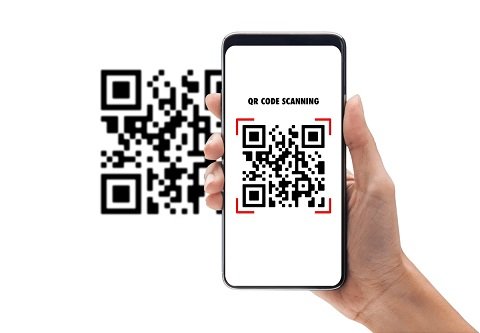In today’s digital age, QR codes have emerged as versatile tools that bridge the gap between physical and digital worlds. Initially developed for tracking automotive parts by Denso Wave, a subsidiary of Toyota, QR codes have evolved into a ubiquitous technology used across various industries for a multitude of purposes.
History and Evolution
QR codes, short for Quick Response codes, were invented in 1994. Unlike traditional barcodes, which can only store limited information horizontally, QR codes can store data both horizontally and vertically, thereby allowing for more complex data encoding. Originally intended for industrial uses such as inventory tracking, QR codes gained popularity due to their ability to store URLs, text, contact information, and more.
How QR Codes Work
QR codes are two-dimensional barcodes consisting of black squares arranged in a square grid on a white background. These codes can be scanned using a smartphone camera or dedicated QR code reader app. The scanning process involves capturing the QR code’s image, decoding it to extract the encoded data, and then performing an action based on the retrieved information, such as opening a website or displaying text.
Applications Across Industries
- Retail and Marketing: QR codes are widely used in retail for product information, promotions, and discounts. Customers can scan QR codes on product packaging to access detailed specifications, reviews, and pricing information.
- Payments and Banking: QR codes have revolutionized the payment industry, enabling quick and secure transactions. Mobile payment platforms like Alipay and WeChat Pay use QR codes for contactless payments at stores, restaurants, and online platforms.
- Healthcare: In healthcare, QR codes streamline patient care by providing access to medical records and medication information. QR codes on prescriptions and medical bracelets allow healthcare providers to retrieve patient information quickly and securely.
- Education: Educational institutions use QR codes to enhance learning experiences. Teachers can create QR codes for assignments, quizzes, and additional learning resources. Students scan these codes using their smartphones to access course materials and participate in interactive activities.
- Transportation and Ticketing: QR codes are used for ticketing in transportation systems such as airlines, railways, and buses. Passengers can scan QR codes on their smartphones or printed tickets for seamless boarding and travel.
Benefits and Advantages
QR codes offer several advantages over traditional methods:
- Convenience: QR codes provide instant access to information and services with a simple scan.
- Versatility: They can store various types of data, including URLs, text, and contact information.
- Cost-effective: Implementing QR codes is relatively inexpensive compared to other technologies.
- Enhanced Security: QR codes can be encrypted to protect sensitive information, ensuring secure transactions and data exchange.
Future Trends and Innovations
Looking ahead, QR codes are expected to continue evolving with advancements in technology:
- Integration with Augmented Reality (AR): QR codes could merge with AR technology to provide immersive experiences, such as virtual tours or interactive product demonstrations.
- Enhanced Data Analytics: Businesses can leverage QR code scans to gather insights into customer behavior and engagement, enabling targeted marketing campaigns and personalized experiences.
- IoT Integration: QR codes may play a role in the Internet of Things (IoT) ecosystem, facilitating device connectivity and data exchange between smart devices.
Conclusion
In conclusion, QR codes have revolutionized digital interactions by offering a convenient and versatile solution for accessing information, making payments, and enhancing user experiences across various industries. As technology continues to advance, QR codes will likely remain a valuable tool for businesses and consumers alike, driving innovation and connectivity in the digital world.
